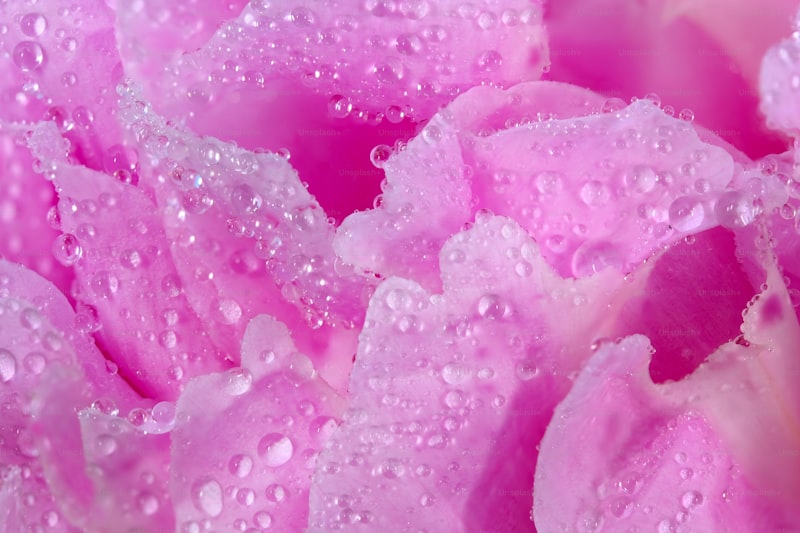Unlocking Creative Photo Opportunities in Gardens: A Guide for Enthusiasts
Gardens, with their vibrant blooms, tranquil waters, and jaw-dropping landscapes, offer some of the most picturesque settings for photography. Whether you are a seasoned professional or an amateur with a smartphone, creatively capturing the essence of a garden can elevate your photo collection. In this article, we will explore various creative photo opportunities in gardens, perfect angles, and tips to make your garden photography stand out.
Understanding the Elements of Garden Photography
Before diving into specific opportunities, it’s vital to understand the elements that make garden photography unique. Gardens can vary significantly based on their design, geography, and the time of day. Here are key elements to consider:
| Element | Description |
| Lighting | Natural light plays a crucial role. The golden hour (just after sunrise or before sunset) provides soft, warm light that enhances colors. |
| Composition | Using leading lines, the rule of thirds, and framing can create visually appealing images. |
| Foreground and Background | Including elements in the foreground and background adds depth to your photos. |
| Flora and Fauna | Capturing insects or birds interacting with plants can add life to your images. |
Top Creative Photo Opportunities in Gardens
Floral Close-Ups
Close-up shots of flowers can reveal intricate details often overlooked. Use a macro lens or the macro setting on your camera to focus on petals, stamen, and leaves. Look for dew drops or insects that may add an interesting touch to your photos. 
Symmetry and Patterns
Many gardens are designed with symmetry in mind. Capture the precise alignment of pathways, hedges, and flower beds to highlight their beauty. Walking paths or rows of trees can create striking patterns. Consider photographing these elements from above for a different perspective.
Reflections in Water Features
Many gardens feature ponds, lakes, or fountains that offer fantastic reflection opportunities. Capture the reflections of flowers, trees, or even the sky in the water to create a stunning composition. Experiment with angles to find the most captivating reflection.
Seasonal Changes
Different seasons bring distinct colors and moods to gardens. The vibrant colors of spring, the lush greens of summer, the warm tones of autumn, and the stark beauty of winter create unique opportunities for photography. Document these changes over time to capture the garden’s evolution.
Wildlife Interactions
Gardens are often havens for various wildlife, including birds, butterflies, and bees. Patience is key when trying to capture these creatures in their natural habitats. Use a telephoto lens to photograph them without disturbing their activities, ensuring they remain the focal point without intrusion.
Night Photography
Don't overlook photography opportunities after the sun goes down. Gardens can take on a magical feel at night, especially with strategically placed lighting. Use long exposure techniques to capture movement, such as the swaying of flowers, or the glow of garden lights.
Using Props and Models
Incorporating people or props into your garden photography can add a narrative element. Consider asking a friend to model in the garden, incorporating hats, scarves, or even picnic setups to create a story within your images. This can evoke a sense of nostalgia and whimsy.
Tips for Perfecting Your Garden Shots
To make your garden photography truly creative and engaging, consider the following tips:
- Plan Your Visit: Choose the best time of year for your garden, dependent on the flowers and plants you want to capture. Research and plan around blooming seasons.
- Arrive Early: The best light is often found in the early morning hours, and you'll avoid crowds.
- Use a Tripod: To achieve the best stability and clarity, especially in low light or when taking macro shots.
- Incorporate Context: Take wide shots that capture the context of the garden, along with close-ups to showcase details.
- Experiment with Angles: Don’t be afraid to lie on the ground or shoot from high above. Changing your perspective can lead to exciting new compositions.
Conclusion
Creative photo opportunities in gardens abound, offering rich experiences for photographers of all skill levels. From capturing vibrant floral close-ups to documenting wildlife interactions and embracing the beauty of seasonal changes, gardens provide endless inspiration. Remember that photography is an art; there are no strict rules. Explore, experiment, and most importantly, enjoy the process of capturing the beauty around you. As you venture into your local parks, botanical gardens, or even your backyard, keep these tips and opportunities in mind to unleash your creativity. Happy shooting!
Whether you are documenting a special event or simply enjoy a day of creativity, always be prepared with your camera and an open mind. Gardens are waiting to tell their stories through your lens. Don't forget to check the lighting, composition, and your surroundings for the most enchanting shots you can freeze in time.